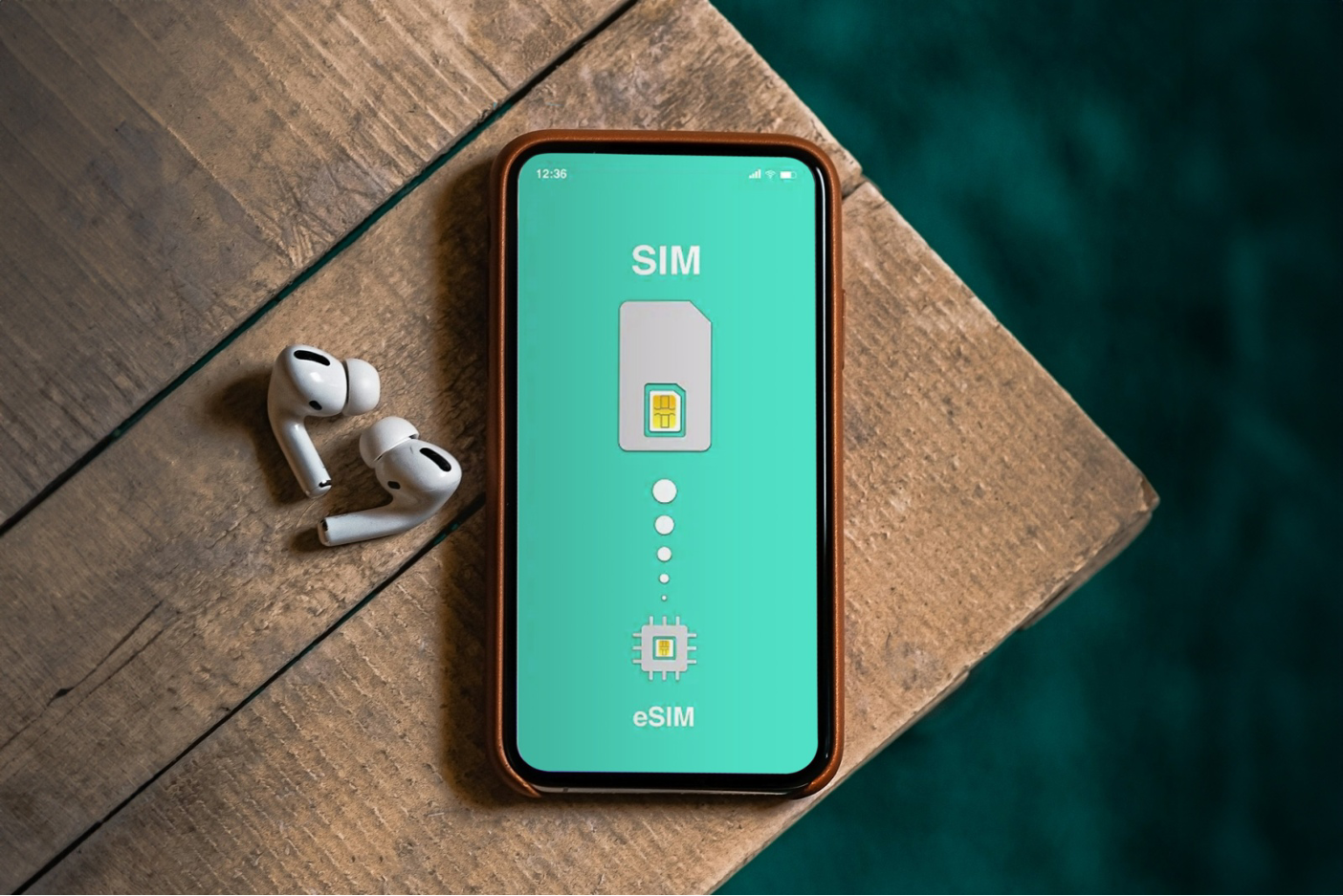In today’s world, mobile phones play a key role in our daily lives, keeping us connected to the world around us at all times. However, as technology advances, the ways in which we connect to cellular networks also continue to evolve.
One of the most exciting and innovative developments in this area is the in-built SIM card, or eSIM. Instead of a traditional physical chip, the eSIM is a virtual one, which opens up new perspectives in connecting devices to mobile networks. In this article, we will look at a comparison of eSIM and traditional SIM cards, identifying their features, advantages and disadvantages, as well as looking at the future prospects for eSIM use.
This article is written with the support of ESIM-Man, which offers favourable eSIM plans for more than 150 countries and regions.

Comparison of eSIM and SIM cards
An eSIM (embedded SIM card) and traditional SIM cards are different approaches to connecting a device to a mobile network. Traditional SIM cards are physical cards that are inserted into the device, while an eSIM is a programmable embedded chip that can be activated remotely without the need for a physical card.
However, eSIMs are still not as widespread as traditional SIM cards and may not be supported by all carriers and devices. In addition, some users may still have concerns about the security and privacy of data stored on the inbuilt SIM card.
Advantages of eSIM Over Traditional SIM Cards
- Fewer problems when you lose your device. If you lose or have your smartphone stolen, you can quickly and efficiently lock your device, while quickly activating your lost mobile number with an eSIM on another phone.
- More space inside the device. An embedded SIM requires much less space than slots for conventional SIM cards. This allows eSIMs to be built into devices that don’t have enough space for regular SIM cards – like smart watches.
- One SIM card for the whole world. Now you don’t have to buy a SIM card from your local operator when you arrive in another country. A digital SIM card allows you to simply switch to another operator online.
- One number for multiple devices. You can connect your tablet, your second phone, your smart watch and other devices (if you have them) to the same data plan at the same time.
FAQ
Q: What is embedded UICC (eUICC)?
A: The original name of the technology. It stands for embedded Universal Integrated Circuit Card (eUICC). The term eSIM is a synonym, it came a bit later.
Q: Can I activate eSIM on any device?
A: No, only newer generation devices that support the technology. If the tablet is more than three years old – it definitely does not have eSIM.
Q: Can I move an eSIM card from one device to another?
A: Physically – no, the card is permanently embedded in the gadget. Virtual – yes, you can set up the same phone number on different gadgets (supporting eSIM).
Q: Can I use eSIM and regular SIM on the same device?
A: Of course! All tablets that support eSIM also have at least one slot for traditional SIM. In fact, these are devices that have the advantage of supporting two SIM cards at once (with the eSIM taking up much less space).
Q: Can I use more than one eSIM on the same device?
A: The latest iPhones and some Android phones allow you to use multiple eSIMs, but so far only one at a time, not simultaneously.
Q: Why the main mobile operators are not in a hurry to massively switch to eSIM?
A: The most important reason is that the widespread introduction of eSIM will entail a radical redistribution of the market. Today the mobile market in each country is divided between several local players and it is extremely difficult to enter a new one. The eSIM technology will lead (and is already leading) to the emergence of many new virtual operators, resulting in a redistribution of the market in favour of new providers at the expense of old ones.





